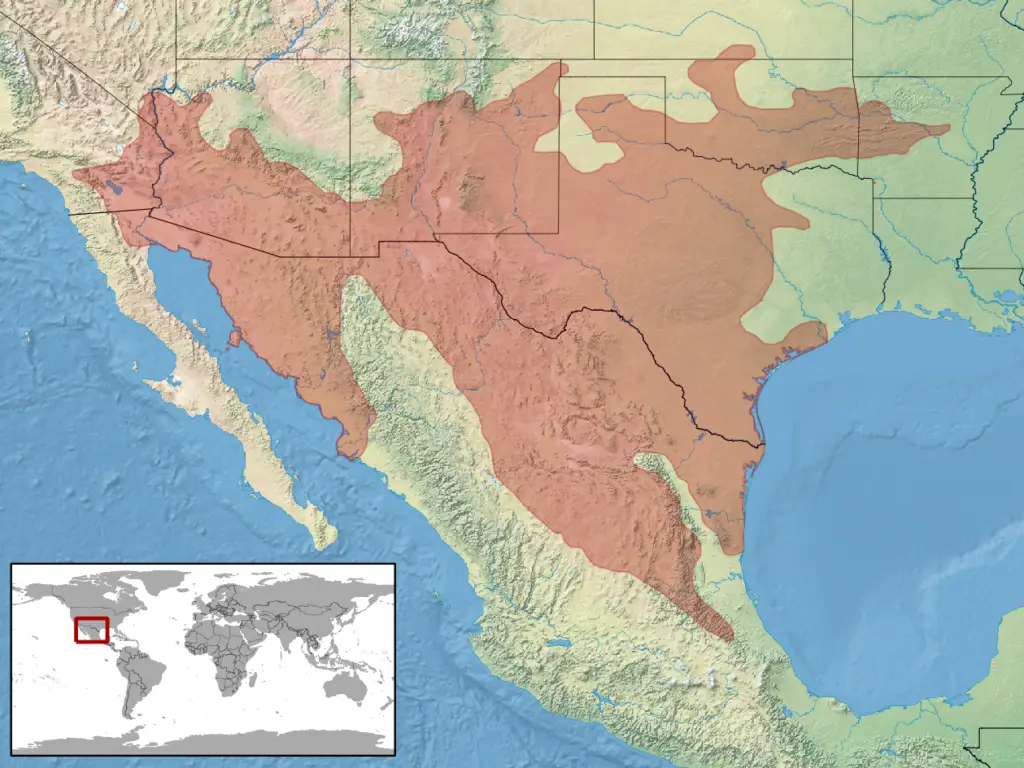Table of Contents
*This post may contain affiliate links. As an Amazon Associate we earn from qualifying purchases.
When I was growing up in Arizona, my family, including our dogs, used to love to go hiking in the mountains. On one of these hikes, my little brother, then aged nine, and our dog had run up ahead. We didn’t think much of it, until we caught up with them. They had stopped in the middle of the trail, and were bending down to peer at something. Suddenly, they pulled back sharply. Then, boy and dog leaned in again. This happened a few more times, until we were almost on top of them and saw what they were seeing.
It was a rattlesnake! And it was striking at them!

My parents told them to hold very still. Fortunately, when the rest of us arrived, the snake slunk away.
But it was terrifying.
Rattlesnakes don’t go looking for a fight, but if they think you’re bringing the fight to them, they’ll bite first and ask questions later. And, after a lifetime of living in the desert southwest, I’ve seen how easy it is to stumble across one that is camouflaged so well, you don’t see it until it’s almost too late.
Which is why the rattlesnake vaccine is such a boon.
Where Do Rattlesnakes Live?
In the Americas, they’re almost everywhere. And there are many different kinds.
Here’s the territory of the Western Diamondback, for example.

And here is where the Northern Pacific rattlesnake lives.

And this is where you can find the Prairie Rattlesnake.

And these are just a few. There are around 30 different species of rattlesnake in the world.
In the United States, the largest number of rattlesnakes live in the desert southwest. However, you can find them all the way from Canada to Argentina. And they don’t just live in the deserts. Rattlesnakes also live in prairies, forests, and marshes, too.
How Serious is a Rattlesnake Bite?

It’s pretty serious. Most rattlesnakes have hemotoxic venom — that is, venom that attacks the blood, causing tissue damage and keeping blood from clotting. Some have a neurotoxic venom also — and this attacks the brain and nervous system. Older snakes and larger snakes both have more venom than younger and smaller snakes.
A rattlesnake bite can be fatal to an adult human, not to mention for the considerably smaller Jack Russell terrier.
Which is why a rattlesnake vaccine is such a great thing.
How Does the Vaccine Work?

The rattlesnake vaccine is specifically designed to help your dog’s body produce antibodies against the venom of the Western Diamondback, though it may protect against similar venoms as well.
If your dog is bitten, you’ll still need to bring them to a vet immediately for antivenin. However, the vaccine will mean that the venom will have less effect. There will be less pain and swelling, and your dog will need less antivenin from the vet.
What’s the Vaccination Schedule?
Once your dog has the first vaccination, he or she will need a booster one month later. After that, it’s an annual vaccination given at the height of rattlesnake season in your area. The effectiveness declines over time. Your dog will have maximum protection at four to six weeks after receiving the shot.
Does Your Dog Need It?

You should absolutely ask your vet about a rattlesnake vaccination if:
- You live in an area with rattlesnakes, especially if you’ve seen them
- Your dog spends a lot of time outdoors
- You and your dog like to go hiking
- Hiking means off-leash
Is It Appropriate for All Dogs?

Vetstreet recommends against vaccinating dogs with chronic illnesses or immune conditions. They also recommend caution if your dog has had a negative reaction to other vaccinations.
Where Do You Get It?
Many veterinarians in rattlesnake areas offer the rattlesnake vaccine.
Be Rattlesnake Safe!
It’s never too late to learn rattlesnake safety.
Learn to recognize a rattler

First, listen for the rattle. A rattlesnake makes this sound as a warning. If you hear it, stop, stand still, and look around. Some other snakes have learned to mimic the sound, but better safe than sorry.
Rattlesnakes have a triangular head that’s wider than the neck.
Rattlesnakes are typically two to three feet long, and have a wide, thick body.
You can also look at their eyes (lidless, with vertical pupils) or look for the pit between their eyes and their nostrils. On the other hand, if you’re that close to any snake, you’re too close already.
Learn how to avoid them
Rattlesnakes don’t go looking for a confrontation, but that doesn’t mean you won’t stumble over them.
Their most active time is at night in the summer. They do come out during the day, however, to sun themselves. They try to avoid people, so take extra care around bushes, rocks, shrubs, nooks, and crannies. Remember the golden rule of the desert: never stick your fingers where you can’t see them!
Most bites occur on the hands, feet, and ankles. So when you go hiking, avoid sandals and shorts. Opt for hiking boots and long pants instead.

Avoid water. Rattlesnakes can swim, and underwater, it might not look like a snake.
And when it comes to dogs, it’s better to keep them on a leash, at least in rattlesnake country.
Learn how to back out of a confrontation
This may be hard if your dog is barking and losing its mind. But if you encounter a snake, back away, give it wide berth, and put as much distance between you and it as possible. Pick up your pup and get out of there!
Should Your Dog Get the Vaccine?
If you live in rattlesnake country, and your dog spends a lot of time outdoors, it’s well worth looking into. Of course every pet is different, and yours may have a condition that would preclude this particular vaccine. In this, and all medical decisions, your vet should have the final word.
Featured Image: CC0 via Maxpixel

